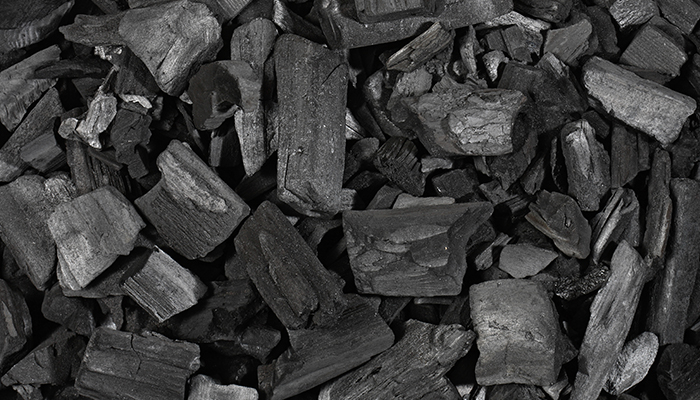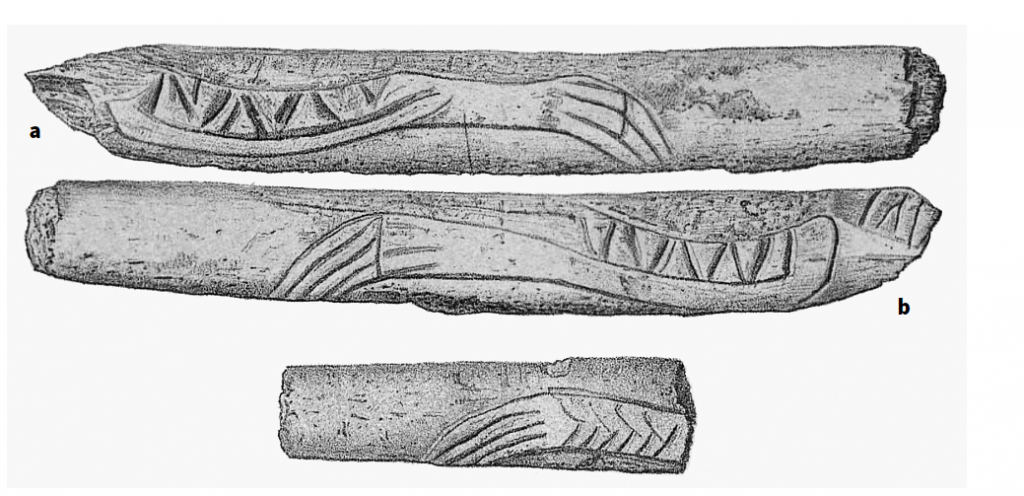In the early stages of tattoos and body art various different types of natural materials were used as their toolkit, such as marrow from animals and various ochre etc. The marrows were antlers or pointed bone to be used to place the ink on people. According to Lars Krutak and Aaron Deter-Wolf, “French archaeologists Marthe and Saint-Just Péquart (1962) suggested that the direct association of these tools with red ochre” (243).(Fig 1).


This ochre was used to create a certain pigment for decorating the body. Other materials and minerals were found to be made into black ink which were ground charcoal and soot. This variety of material hinted that the ancient people had “tattoo toolkit[s]” (244). Although these findings seem to be true there is no direct evidence that they were used, thus it seems to be uncertain. Evidence that does seem to hint towards tattooing were carvings in marrow of animal bone. For example, in Fig 17.1 there are reindeer antlers that were then found to have carvings on these particular marrows.

The carvings had what looked like humans forearms with a zig zag design on them.Tattoos in the ancient era may have also been for sacred traditions. a female body created from of abstract designs (fig. 17.4) was carved onto a mammoth tusk. It was argued that “tattoos were represented on her triangular face as well as on her stomach”(247) . This was a main of evidence of scarification as said, “these lines can be interpreted as scarification marks” (Wernert 1939:220). Bone plates were introduced to carvings and many female body drawings were engraved on these plates. On the plates the figures have stripped lines along their body with either represent clothing or a unique form of body paint. In conclusion my research expanded my overall knowledge to ancient design and the basics of artwork. I’m able to influence my artworks with the techniques I’ve learnt.
APA (American Psychological Assoc.)
Krutak, L. F., & Deter-Wolf, A. (2017). Ancient Ink : The Archaeology of Tattooing. Seattle: University of Washington Press.
Leave a Reply